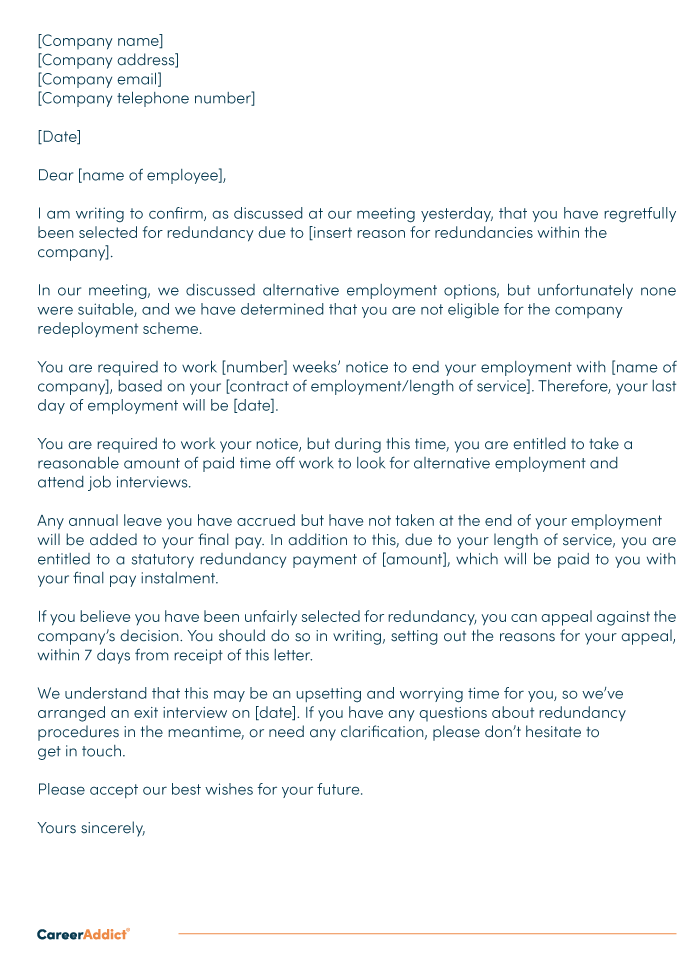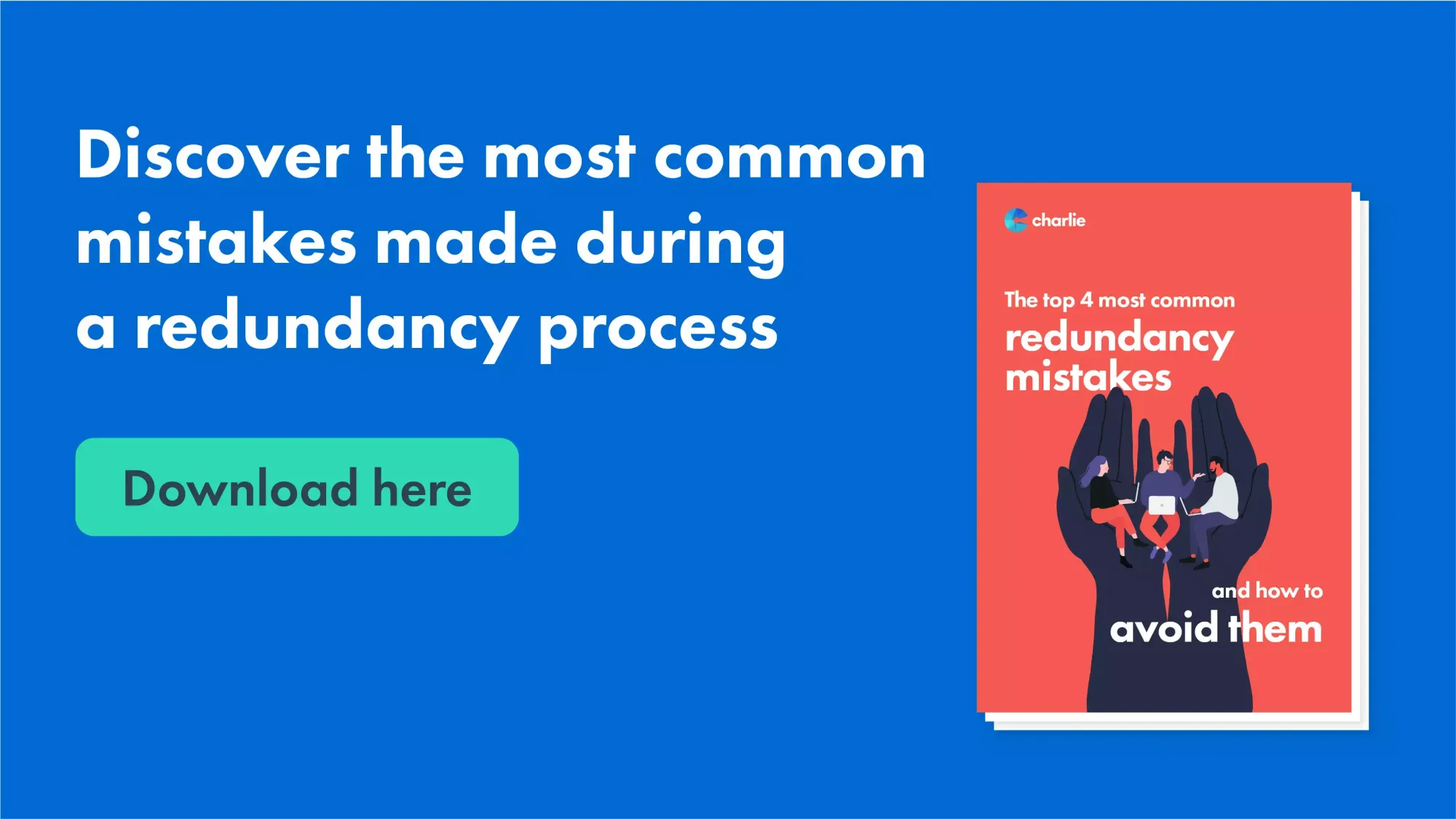Exploring the Operational Characteristics of Business Redundancy and Its Long-Term Sustainability

Redundancy Strategies for Service Continuity
In order to ensure nonstop operations, companies must carry out reliable redundancy techniques for service connection. Redundancy in this context refers to the duplication of important components or functions within a system to alleviate the impact of prospective failings. By including redundancy methods, organizations can improve their strength versus disturbances brought on by different aspects such as all-natural calamities, tools failings, or cyber-attacks.
One common redundancy technique is the application of back-up systems and information storage remedies. This entails developing matches of essential data and systems that can be triggered in situation of a main system failure. Additionally, companies can develop redundant communication channels and source of power to maintain connection and procedures throughout unpredicted events.
Furthermore, cross-training employees to carry out multiple duties within the company can act as a valuable redundancy approach. This ensures that crucial jobs can still be lugged out also if crucial workers are inaccessible due to illness or other reasons. Overall, reliable redundancy methods are vital for companies to maintain operational connection and lessen the impact of potential disruptions.
Influence of Redundancy on Organizational Strength
Offered the vital role redundancy techniques play in making certain business continuity, discovering the impact of redundancy on organizational durability ends up being essential for understanding the all natural functional characteristics of a company. Redundancy, when strategically implemented, can considerably contribute to improving an organization's durability in the face of unexpected challenges.
Furthermore, redundancy can reinforce worker spirits and confidence, knowing that there are contingency plans in place to deal with unpredicted circumstances. This sense of security can lead to boosted productivity and an extra favorable workplace. Additionally, redundancy can foster innovation and imagination within a company as employees really feel encouraged to take computed dangers, understanding that there is a safeguard to sustain them in situation of failure. In general, the effect of redundancy on organizational resilience is extensive, shaping the lasting sustainability and success of a firm.
Balancing Performance and Versatility in Redundancy
Accomplishing an unified stability between operational performance and adaptive versatility is a critical difficulty in the critical release of redundancy within organizations. As well much versatility without a strong operational structure can result in inadequacies and incongruity.
To stabilize performance and versatility in redundancy planning, organizations should thoroughly assess their functional requirements, market dynamics, and tactical goals. Inevitably, discovering the right equilibrium between performance and flexibility is crucial for developing a resistant and lasting Click This Link company in the face of uncertainty.
Long-Term Sustainability Via Redundancy Preparation
To guarantee long-lasting feasibility and security, organizations have to tactically align their redundancy preparation with long-lasting sustainability goals, consequently harmonizing functional performance with flexible versatility. Long-term sustainability through redundancy planning entails greater than just temporary cost-cutting measures. It needs an extensive tactical technique that anticipates future difficulties and possibilities. Companies need to view redundancy not as a responsive remedy to immediate troubles however as an aggressive strategy for long-term success. By incorporating redundancy planning with sustainability goals, companies can create a durable structure that can endure numerous market variations and internal modifications.

Proactive Measures for Lasting Company Workflow
Exactly how can firms proactively enhance their functional sustainability for long-term success? Executing positive actions is important for companies intending to ensure sustainable operations. One crucial technique is to purchase technology and development to enhance procedures, lower waste, and stay affordable out there. Adopting sustainable practices such as minimizing power intake, decreasing carbon impact, and maximizing source application can not just profit the setting yet also you could try these out cause set you back financial savings in the future.
In addition, promoting a culture of continuous improvement and understanding within the company can enhance adaptability to transforming market problems and client demands. Encouraging staff member participation in decision-making processes and providing possibilities for expert advancement can increase spirits, performance, and general efficiency. Establishing clear goals, keeping track of key efficiency signs, and frequently reviewing progression are important components of positive sustainability management.
Collaborating with suppliers, consumers, and other stakeholders to advertise sustainable techniques throughout the supply chain can produce a ripple impact of positive effect - redundancy pay if company goes bust. By taking proactive steps in the direction of functional sustainability, companies can build durability, drive advancement, and secure their lasting success in an ever-evolving company landscape
Conclusion

In the world of organizational monitoring, the calculated deployment of company redundancy stands as a pivotal yet detailed method that necessitates a delicate equilibrium between functional effectiveness and lasting feasibility. By dissecting the functional characteristics that underpin company redundancy and reviewing its broader effects for organizational strength and versatility, a nuanced understanding of how redundancy approaches can shape the future trajectory of a business starts to unfold.Provided the crucial duty redundancy approaches play in guaranteeing organization continuity, exploring the influence of redundancy on organizational durability comes to be vital for recognizing the holistic operational characteristics of a firm. In general, the effect of redundancy on business durability is extensive, shaping the long-term sustainability and success of a business.
In verdict, understanding the operational dynamics of firm redundancy is crucial for guaranteeing long-term sustainability.
Comments on “Clarified: If a Company Goes Bust Who Pays Redundancy in the UK?”